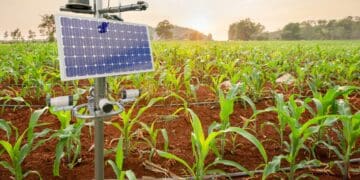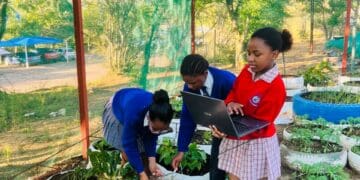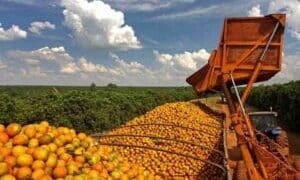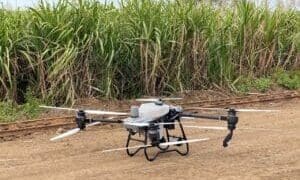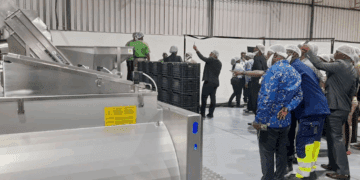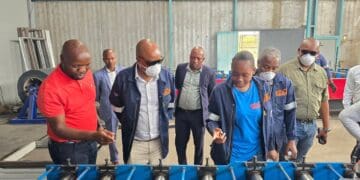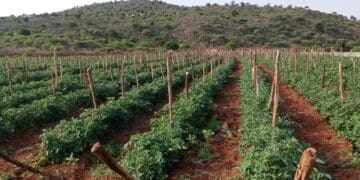Farmers are under growing pressure to produce more food with less water as climate change intensifies across South Africa.
To adapt, many are turning to climate-smart agriculture (CSA) , a mix of innovative tools and sustainable practices designed to improve productivity while protecting the environment.
Experts say these technologies are not just improving yields but are also reshaping the business of farming, creating new opportunities for entrepreneurs in the agri-tech and water management sectors.
Building generational wealth through family businesses
Celebrating Five Years of Empowering SMMEs
An exclusive event for entrepreneurs
by Vutivi Business News
Savanna Moodley, from the Directorate of Water Use and Irrigation Development, said one of the biggest shifts is how smallholder and emerging farmers are embracing water-efficient systems such as drip irrigation and solar-powered pumps.
“When farmers adopt climate-smart water systems, they’re able to manage scarce resources better and keep production stable even during dry seasons,” she said during the Climate Smart Agriculture Dialogue.
According to the World Bank, agriculture accounts for about 60% of South Africa’s total water use, yet the country remains one of the 30 driest in the world. This makes efficient water use not only an environmental necessity but an economic one.
Moodley highlighted several water-saving methods that form part of CSA.
“One is rooftop rainwater harvesting, where the roof acts as a catchment area and rainwater is collected in a storage tank. That water can later be used to irrigate crops using a simple family drip system,” she explained.
Another approach she explained was the infield rainwater harvesting, which helps improve soil moisture and reduce water runoff.
“This involves digging a furrow or trench within the crop field. When it rains, water collects in the basin and infiltrates at root level, ensuring moisture reaches where it’s needed most,” Moodley added.
She also pointed to greywater harvesting using tower gardens as a sustainable household solution.
“Greywater, waste water from the kitchen or bathroom can be collected, stored, and used to irrigate vegetables in the tower garden,” she said. “All these methods demonstrate how small-scale farmers can practice water-smart farming without large investments.”
According to Shilu Nkanyani from the Food, Agriculture, and Natural Resources Policy Analysis Network (FANRPAN), climate-smart farming is also driving policy and investment conversations across the sector.
“We need to look at how agricultural innovation can strengthen both resilience and competitiveness,” Nkanyani explained. “CSA is not just about surviving drought , it’s about building smarter farming systems that attract investment and create jobs.”
Research by the Food and Agriculture Organization (FAO) supports this, showing that climate-smart practices can increase yields by up to 40% while reducing water usage by as much as 30%.
Nkanyani noted that such gains can only be sustained if small-scale farmers are supported through financing and training.
“If we want these systems to reach every farmer, then financing and knowledge transfer must go hand in hand,” she said.











